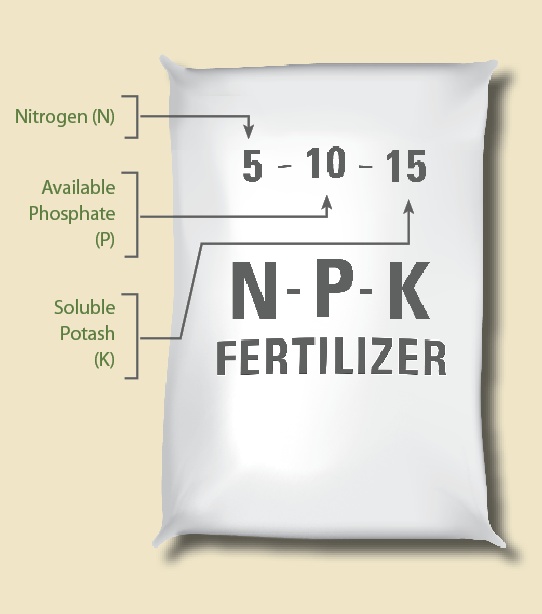Peeling Back The NPK Mystery: N-P-K Explained
Posted by Bonsai Outlet on 18th Mar 2014

People often ask the question what does NPK stand for and mean. NPK fertilizer in a nutshell stands for: Nitrogen (N), Phosphorus (P) and Potassium (K). These 3 elements are essential for your bonsai's healthy and successful growth. Below you will find an brief overview of exactly what each does.
Nitrogen (N): Nitrogen stimulates thick, rich, green growth of plants. Nitrogen (N) is probably the most widely recognized nutrient, known primarily for its ability to “green up” and spur growth. Chlorophyll, the green substance in plants responsible for photosynthesis, is largely composed of nitrogen. Nitrogen is also used heavily in new shoots, buds, and leaves.
Phosphorus (P): Phosphorus encourages root development and growth. Phosphorus (P) is important for healthy roots and is used more heavily during blooming and seed set. Phosphorus is easily rendered unavailable to plants when the pH is slightly unbalanced. Phosphorus is released in soil through decomposing organic matter.
Potassium (K): Potassium is responsible for the new formation of flower buds and fruit and maintains overall plant health. VERY VERY IMPORTANT!! Potassium (K), is sometimes called potash. Potassium is important for general health of plants. It is key in the formation of chlorophyll and other plant compounds. Potassium is also known to help with disease resistance.
Understanding NPK can help ease the fear of what fertilizer to use. To me Organic fertilizers are the best, but nothing prepares you better than knowing your bonsai and what each species needs. Flowering and fruiting bonsai need more Potassium (K) specifically in the fall for next years flowers and fruit. Chinese Elms on the other hand will eat up whatever you decide to feed them. Then smile, say thank you and keep on growing. As such I have developed many different fertilizer blends to satisfy almost every need.
